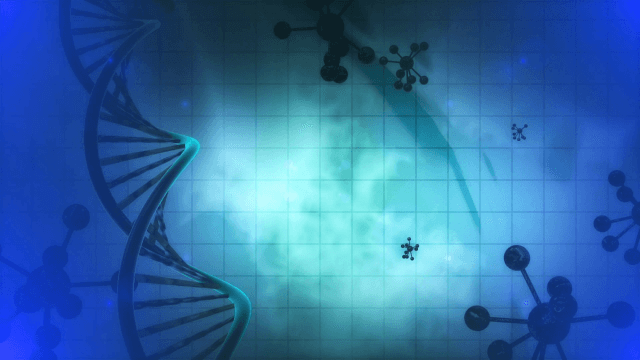



Cystic fibrosis, sickle cell anemia, Huntington’s disease and phenylketonuria are all examples of disorders caused by the mutation of a single nucleotide, a building block of DNA. The human DNA consists of approximately 3 billion nucleotides of four types: Adenine (A), cytosine (C), guanine (G), and thymine (T). In some cases, the difference of just one nucleotide can bring serious consequences. Scientists hope to cure these diseases by substituting the incorrect nucleotide with the correct one.

However, it is technically challenging to replace a single nucleotide with the current gene editing tool, CRISPR-Cas9. Scientists at the Center for Genome Engineering, within the Institute for Basic Science (IBS) have used a variation of the popular gene editing technique CRISPR-Cas9 to produce mice with a single nucleotide difference. Their findings are published in Nature Biotechnology in an article entitled “Highly Efficient RNA-Guided Base Editing in Mouse Embryos.”
“Although genome editing with programmable nucleases such as CRISPR–Cas9 or Cpf1 systems holds promise for gene correction to repair genetic defects that cause genetic diseases, it is technically challenging to induce single-nucleotide substitutions in a targeted manner,” the authors wrote. “This is because most DNA double-strand breaks (DSBs) produced by programmable nucleases are repaired by error-prone non-homologous end-joining (NHEJ) rather than homologous recombination (HR) using a template donor DNA. As a result, insertion/deletions (indels) are obtained much more frequently at a nuclease target site than are single-nucleotide substitutions.”
The most frequently used CRISPR/Cas9 technique works by cutting around the faulty nucleotide in both strands of the DNA and cuts out a small part of DNA. In the current study, the investigators used a variation of the Cas9 protein (nickase Cas9, or nCas9) fused with an enzyme called cytidine deaminase, which can substitute one nucleotide into another—generating single-nucleotide substitutions without DNA deletions.
The IBS researchers were able to show the efficiency of the CRISPR–nCas9–cytidine deaminase fusion by generating mice that had changes to a single nucleotide in the dystrophin gene (Dmd) or the tyrosinase gene (Tyr). The research team provided evidence that embryos with the single-nucleotide mutation in the Dmd gene led to mice producing no dystrophin protein in their muscles; mice with the Tyr mutation showed albino traits. Mutations in the dystrophin are associated with muscular dystrophy, and tyrosinase controls the production of the skin pigment melanin. Moreover, these single-nucleotide substitutions appeared only in the target position. These results are important because they show that only the correct nucleotide was substituted.
“We showed here for the first time that programmable deaminases efficiently induced base substitutions in animal embryos, producing mutant mice with disease phenotypes,” remarked senior study investigator Jin-Soo Kim, Ph.D., director of the Center for Genome Engineering at IBS. “This is a proof-of-principle experiment. The next goal is to correct a genetic defect in animals. Ultimately, this technique may allow gene correction in human embryos.”
 Relevant
news
Relevant
news